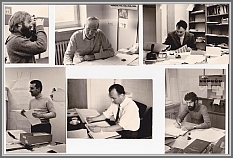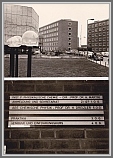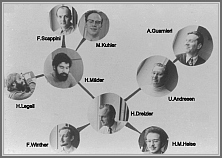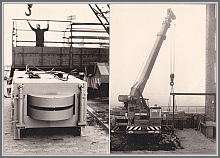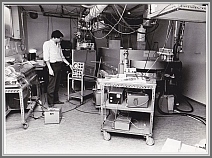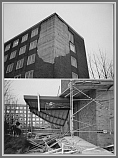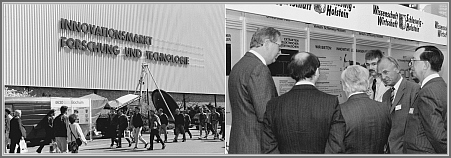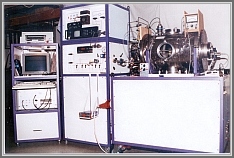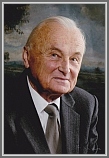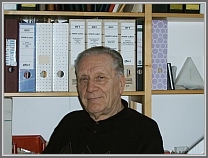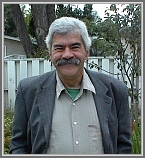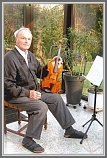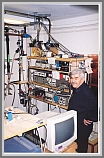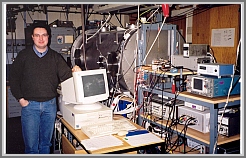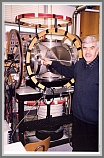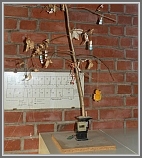Location:
Institut für Physikalische Chemie, Christian-Albrechts-Universität zu Kiel, Kiel, Germany
Key Scientists:
Helmut Dreizler, Antonio Guarnieri, Heinrich Mäder, Dieter Sutter
Overview:
This has been a very influential laboratory in the
field of rotational spectroscopy. It was established in 1969
when Helmut Dreizler and several colleagues moved from the
University of Freiburg, Germany. This laboratory was engaged in
all aspects of rotational spectroscopy and achieved considerable
eminence in spectrometer design. They are probably best known for
development of many variants of Fourier Transform Microwave (FTMW)
spectrometers, including unique waveguide FTMW spectrometers
operating at room temperature. One of the spectrometers has been
patented and was involved in a promotional campaign for industrial
analytical use (no luck!).
The impressive scientific legacy of the Kiel laboratory is reflected by
the enormous publication list of close to 600 papers. The tenured
professors have retired but the traditions of the laboratory are
continued by its past members who have established new research
groups: Wolfgang Stahl in Aachen (Germany), Jens-Uwe Grabow in
Hannover (Germany), Wolfgang Jäger in Edmonton (Canada).
A biography of Helmut Dreizler appeared in Journal of Molecular Structure several years after his formal retirement: Jose L. Alonso, Juan C.Lopez, Alberto Lesarri, J.Mol.Struct. 612 (2002) 81–82.
Documents:

